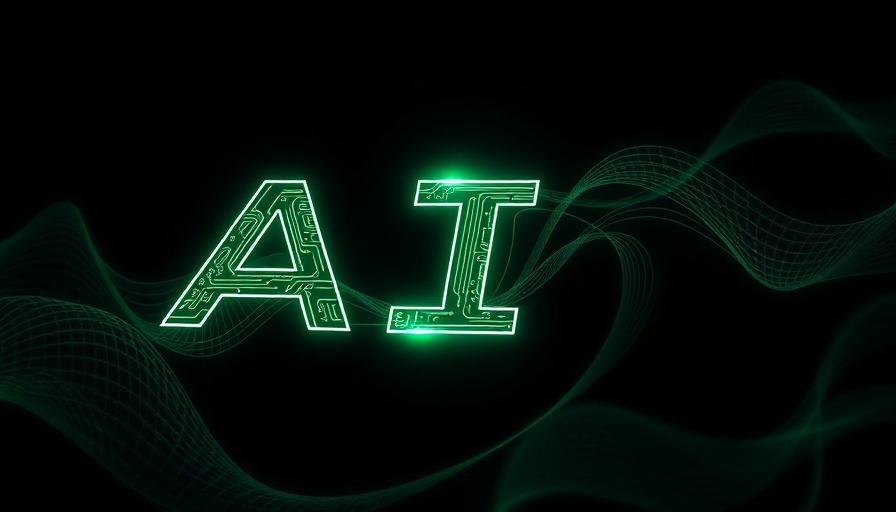
Unleashing the Power of AI in Game Development
Razer’s latest development platform, Wyvrn, marks a noteworthy leap into the world of artificial intelligence, particularly aimed at revolutionizing the game development process. With tools like the AI QA Copilot, Razer is setting the stage for faster, more efficient game testing practices. Traditionally, quality assurance in gaming demands substantial manpower and hours of relentless testing to identify bugs and inefficiencies. Razer’s AI Copilot seeks to change this paradigm by automating many of these processes, thereby saving developers time and financial resources.
How Wyvrn Transforms Quality Assurance
The cornerstone of Wyvrn’s offering is its standout feature—an automated bug-hunting AI that reportedly can unearth 20 to 25 percent more bugs than traditional manual testing methods. This AI-driven approach not only accelerates the QA phase by cutting testing time in half but also promises cost reductions of up to 40 percent. By utilizing a cloud-based plug-in compatible with Unreal Engine, Unity, and custom C++ engines, the AI QA Copilot is set to empower developers, making the labor-intensive process of game testing both manageable and efficient.
Potential Workforce Implications
The introduction of such powerful tools raises an intriguing question about job security within QA teams in the gaming industry. Will the AI’s success result in reduced personnel in quality assurance roles? While Razer has positioned itself as a partner with Side, a company facilitating the AI Copilot's implementation, the broader implications of automation on job markets are a topic for in-depth discussion. As AI becomes integral to game testing, balancing technological advancement and workforce stability will be crucial.
AI Gamer Copilot: A Game-Changer for Players
Razer is not stopping at QA automation. Its AI Gamer Copilot serves as an intelligent voice assistant, providing gamers with real-time advice and tactics during gameplay. This capability is particularly beneficial for competitive players who thrive on swift decision-making. The AI can analyze ongoing gameplay dynamically, advising on strategies tailored to the specific scenarios players encounter, hence enhancing the gaming experience.
What Does This Mean for Gamers and Developers?
The way gaming experiences and development processes unfold will adjust in tandem with enhancements in AI technologies. For developers, technology like Wyvrn may enable them to focus more on creative aspects instead of the repetitive stress of debugging. Meanwhile, gamers benefit from more polished products and supportive tools that enrich their gameplay. As AI continues to weave its way into the fabric of gaming, both sides stand to gain.
Looking Ahead: Future of AI in Gaming
The integration of tools like the Wyvrn platform may set the foundation for a diverse array of applications within the gaming industry beyond just QA and player assistance. As AI becomes more capable, possibilities may expand to dynamic storytelling within games that adjust based on player behaviors and choices. Furthermore, as the gaming community embraces such innovations, feedback loops will fuel further refinements in both AI capabilities and game production methodologies.
The exploration of Razer’s Wyvrn stands at the intersection of creativity and technology, showcasing the immense potential AI holds as a catalyst for change in the gaming landscape. Keeping abreast of these advancements is essential for understanding how they may impact both developers and players in the future.
As these technologies advance, the gaming community eagerly anticipates how they might evolve. Understanding these developments can empower both developers and gamers to adapt in a rapidly changing industry. Stay informed to keep up with the many innovations transforming gaming.
 Add Row
Add Row  Add
Add 




 Add Row
Add Row  Add
Add 

Write A Comment